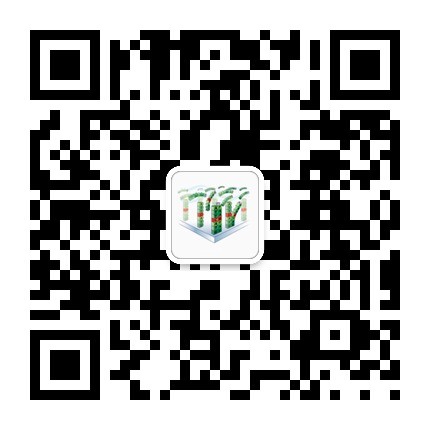文献库 文献相关信息
- 题目:
- Regulatory effect of gammadelta T cells on IL-17+ uveitogenic T cells.
- 作者:
- Nian(Hong),Shao(Hui),Zhang(Guoming),Born(Willi K),O'Brien(Rebecca L),Kaplan(Henry J),Sun(Deming)
- 状态:
- 发布时间2010-08-31 , 更新时间 2016-10-19
- 期刊:
- Invest Ophthalmol Vis Sci
- 摘要:
- To characterize the regulatory effect of gammadelta T cells in the activation of IL-17+ uveitogenic T cells.,The authors administered the gammadelta TCR-specific antibody GL3 to B6 mice before or after antigen immunization and examined Th1- or Th17-polarized T-cell responses. The intensity of Th17 responses was also examined in responder T cells containing varying numbers of gammadelta T cells.,GL3 treatment resulted in varying degrees of depletion of circulating gammadelta T cells, depending on when the antibody was administered. The intensity of the alphabetaTCR+IL-17+, but not the alphabetaTCR+IFN-gamma+, IRBP-specific T-cell responses was correlated to the percentage of gammadelta T cells in the responder T cells. Kinetic studies showed that early IL-17+ T cells were primarily gammadelta T cells, with a later gradual shift to alphabeta T cells. A close association was seen between the intensity of the IL-17+ autoreactive T-cell response and the percentage of gammadelta T cells in the responder T cells. Although a modest increase in gammadelta T cells among the responder T cells promoted the expansion of IL-17+ alphabetaTCR+ T cells, a higher proportion of gammadelta T cells inhibited it.,gammadelta T cells are actively involved in the generation of alphabetaTCR+IL-17+ T cells. The number of gammadelta T cells and the alphabeta/gammadelta T-cell ratio in the responder T cells regulate the intensity of the Th17-type autoreactive T-cell response.
- 语言:
- eng
- DOI:
DataTable pData
联系方式
山东省济南市章丘区文博路2号 齐鲁师范学院 genelibs生信实验室
山东省济南市高新区舜华路750号大学科技园北区F座4单元2楼
电话: 0531-88819269
E-mail: product@genelibs.com
微信公众号
关注微信订阅号,实时查看信息,关注医学生物学动态。


